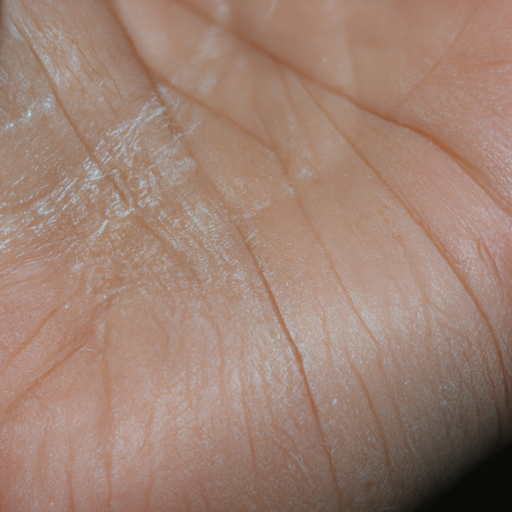Unmasking Radiance: The Essential Guide to Face Exfoliation
The quest for radiant, youthful skin is a journey that many embark on but few master. One of the most crucial steps in this journey is face exfoliation, a process that removes dead skin cells, unclogs pores, and reveals the fresh, glowing skin underneath. This article will serve as your essential guide to face exfoliation, unmasking the radiance hidden beneath the surface.
Exfoliation is not a modern concept; it dates back to ancient Egyptian times when sour milk, rich in lactic acid, was used to achieve smoother skin. Today, we have a plethora of exfoliating products and methods at our disposal, but the principle remains the same: to gently remove the outermost layer of dead skin cells to reveal the fresh, healthy skin underneath.
There are two main types of exfoliation: physical and chemical. Physical exfoliation involves using a scrub, brush, or other tool to physically remove dead skin cells. On the other hand, chemical exfoliation uses acids or enzymes to dissolve these cells. Both methods have their merits and can be effective when used correctly.
Physical exfoliators are readily available and often give immediate results. However, they can be harsh on the skin if used too frequently or if too much pressure is applied. It’s crucial to choose a product with small, smooth particles to avoid micro-tears in the skin. For those with sensitive skin, a soft brush or cloth may be a gentler option.
Chemical exfoliators, such as alpha-hydroxy acids (AHAs), beta-hydroxy acids (BHAs), and enzymes, offer a deeper and more even exfoliation. AHAs like glycolic and lactic acid are water-soluble and work on the surface of the skin to brighten and smooth. BHAs, such as salicylic acid, are oil-soluble and can penetrate deeper into the pores to unclog and reduce inflammation. Enzymes, typically derived from fruits like papaya and pineapple, work to break down keratin protein in the skin, leading to a softer, smoother complexion.
Regardless of the method you choose, there are some universal rules to follow for effective and safe exfoliation. Firstly, always start slow. If you’re new to exfoliating or trying a new product, begin with once a week and gradually increase as your skin tolerates. Over-exfoliation can lead to redness, irritation, and even damage your skin barrier.
Secondly, always hydrate and protect your skin post-exfoliation. Exfoliating can leave your skin more susceptible to dryness and sun damage. Ensure you follow up with a hydrating moisturizer and a broad-spectrum SPF during the day.
Lastly, listen to your skin. Everyone’s skin is unique, and what works for one person may not work for another. If your skin feels tight, irritated, or overly sensitive after exfoliating, it may be a sign that you’re overdoing it or that the product isn’t right for you.
In conclusion, face exfoliation is an essential step in achieving radiant, healthy skin. Whether you choose physical or chemical exfoliation, remember to start slow, hydrate, protect, and listen to your skin. With the right approach and products, you can unmask the radiance beneath your skin’s surface and reveal a glowing complexion that turns heads.




